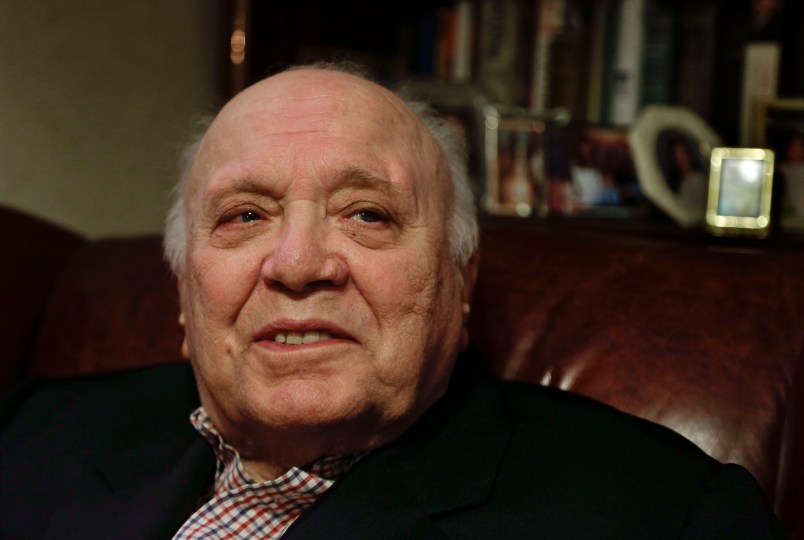ALBANY, N.Y. (AP) — Before there were heavily armed Navy SEALs conducting nighttime helicopter raids, there were guys like Frank Monteleone landing on beaches in the dark on two-man motorized rafts dubbed “flying mattresses.”
The Brooklyn-born Monteleone was a member of an elite commando force within the Office of Strategic Services, the precursor to the CIA. Created after the United States entered World War II, the OSS pioneered many of the intelligence-gathering techniques and commando-style tactics used by today’s U.S. special forces. The spy agency’s Maritime Unit, formed in 1943, shares the credit for setting the foundation for what would become the Navy SEALs, created in 1962 during the Kennedy administration.
Often only armed with knives and wearing nothing more than swim trunks and flippers, the Maritime Unit’s combat swimmers and other operatives carried out seaborne clandestine missions in the Atlantic, Pacific and Mediterranean theaters of World War II. Their story is told in a new book published last month, “First SEALS: The Untold Story of the Forging of America’s Most Elite Unit.”
The book’s release comes as two members of the SEAL team that killed Osama bid Laden in 2011 are making headlines and drawing criticism from U.S. military authorities for going public about their roles in taking down the terrorist leader inside his compound in Pakistan.
“I’ve always wanted to do a book on these (World War II) guys,” said author Patrick K. O’Donnell. “The bin Laden raid was sort of the culmination of what all these men had built from 1943 to 1945.”
O’Donnell, the author of eight previous books on WWII military and intelligence history, had met Monteleone 15 years ago while researching a book on the OSS, which was led by Gen. William “Wild Bill” Donovan, a Buffalo-born Wall Street lawyer. For the Maritime Unit, Donovan’s OSS recruiters sought out yachtsmen, Olympic-caliber swimmers and California “beach rats” — lifeguards and surfers.
Monteleone, the son of Italian immigrants, was recruited by the OSS because he spoke fluent Italian and was trained as a Navy radio operator.
“The radio operator was the key to the mission,” O’Donnell said. “If you could not send and receive information on missions behind the lines, you were dead.”
Monteleone, 89, said he went through “all kinds of training” with the OSS, including demolition and hand-to-hand combat, but had missed out on parachute training, a must for any OSS operator. Once in the Mediterranean Theater, his detachment was assigned to the British Eighth Army.
“When they sent me to the British, they wanted to know if I had jump training,” Monteleone, a retired tailor living in Staten Island, told The Associated Press in phone interview. “I said no, and they gave it to me right then and there.”
Monteleone said he conducted dangerous missions nearly the entire length of Italy, from the beaches at Anzio to the Alps, often working with Italian partisans behind the lines. Some of the missions entailed landing on beaches at night using the inflated craft that resembled mattresses and were powered by silent electrical motors. Monteleone and his Italian comrades had another name for the teardrop-shaped vessel: “tartuga,” Italian for turtle.
Approximately 13,000 people served in the OSS during the war, but only a few hundred were in the Maritime Unit. O’Donnell believes Monteleone may be one of the last still living. Another member included in the book is Gordon Soltau, a combat swimmer considered one of the Navy’s first “frogmen.” Soltau, who starred for the San Francisco 49ers during the 1950s, died in California at 89 on Oct. 26, just days before “First SEALs” was published.
Copyright 2014 The Associated Press. All rights reserved. This material may not be published, broadcast, rewritten or redistributed.






